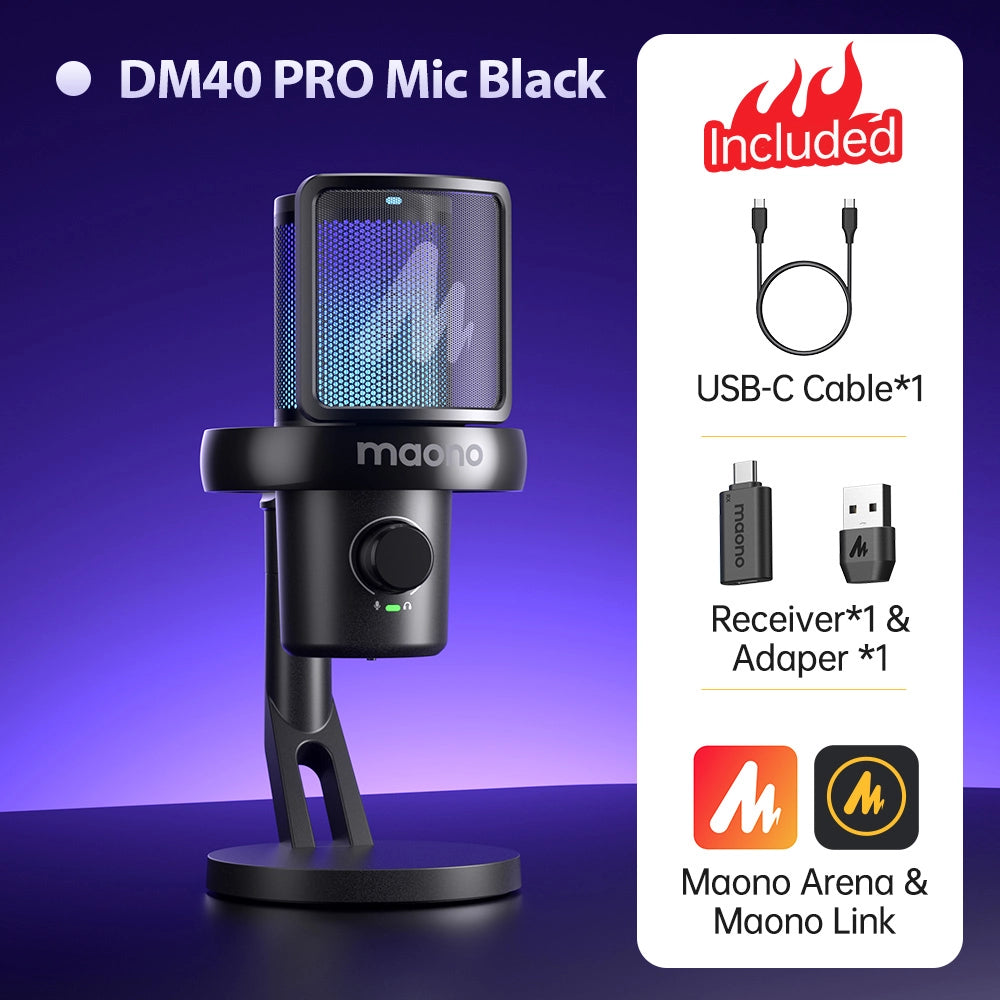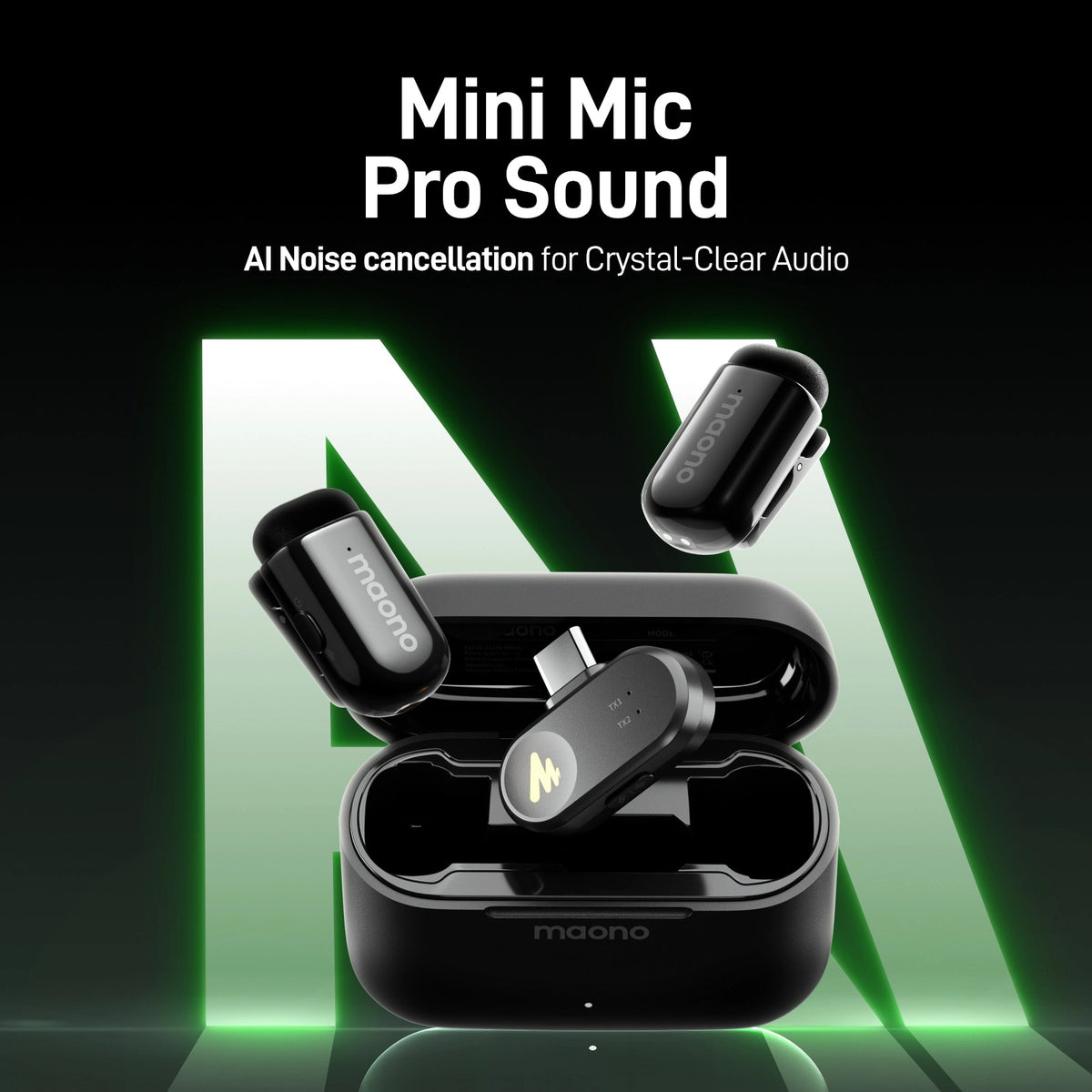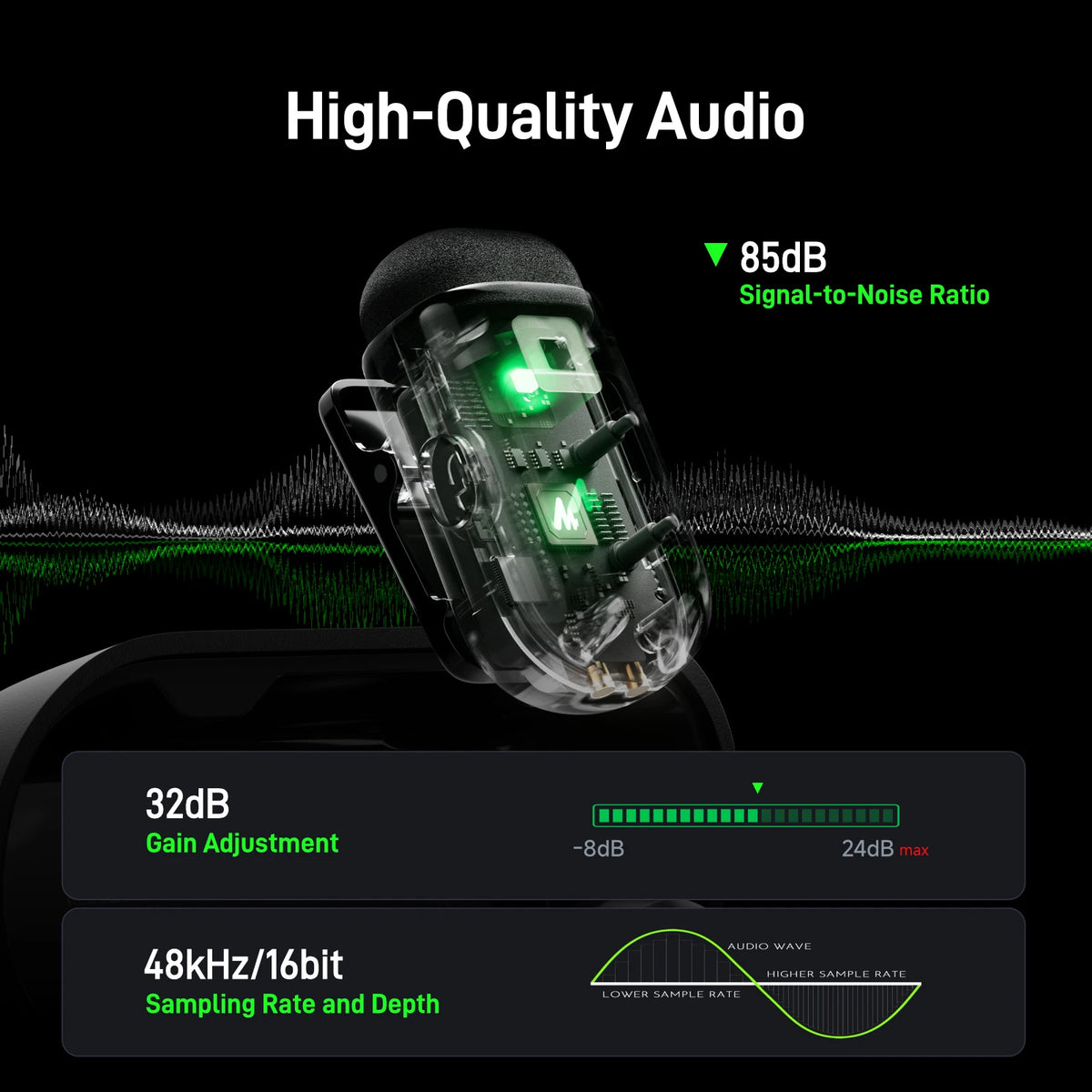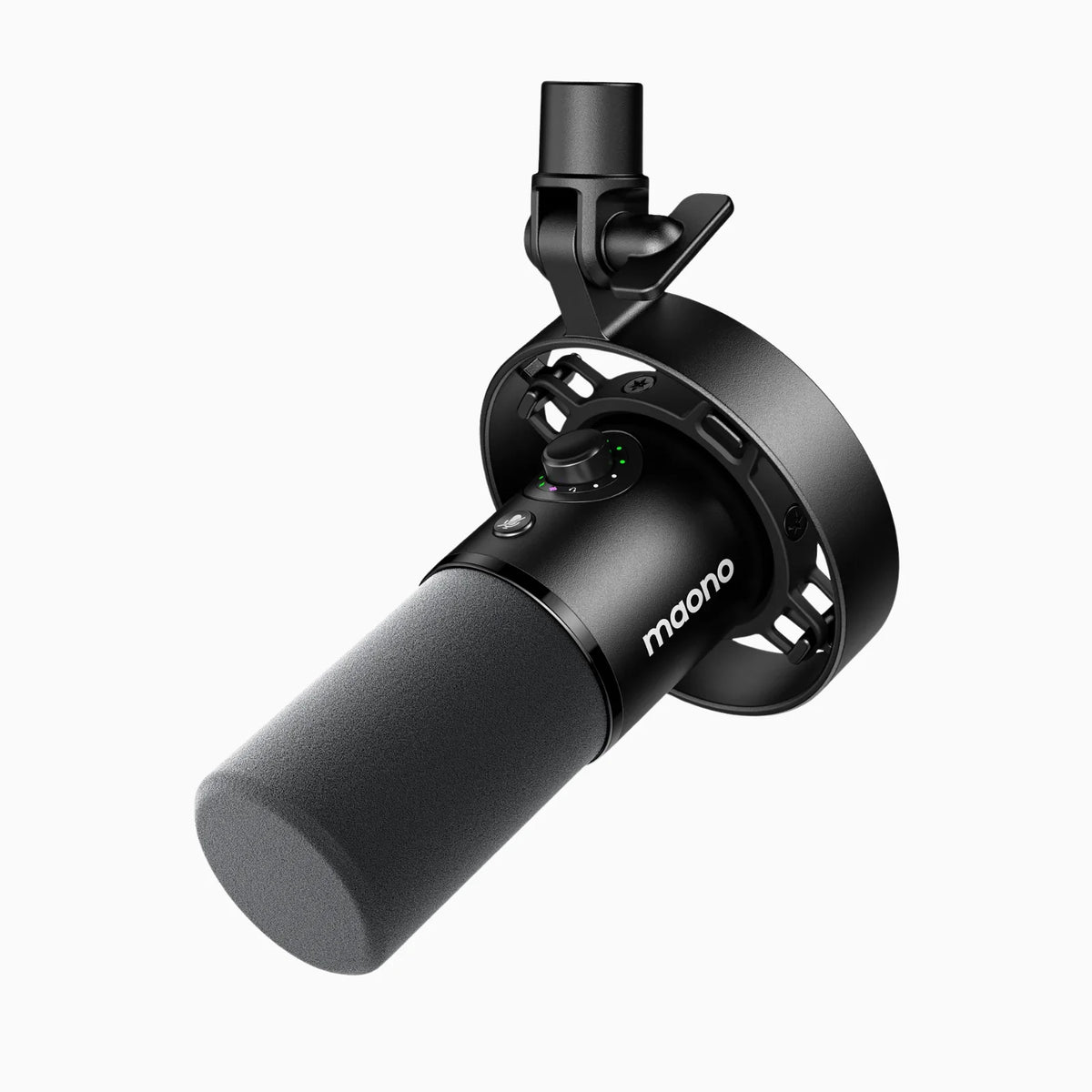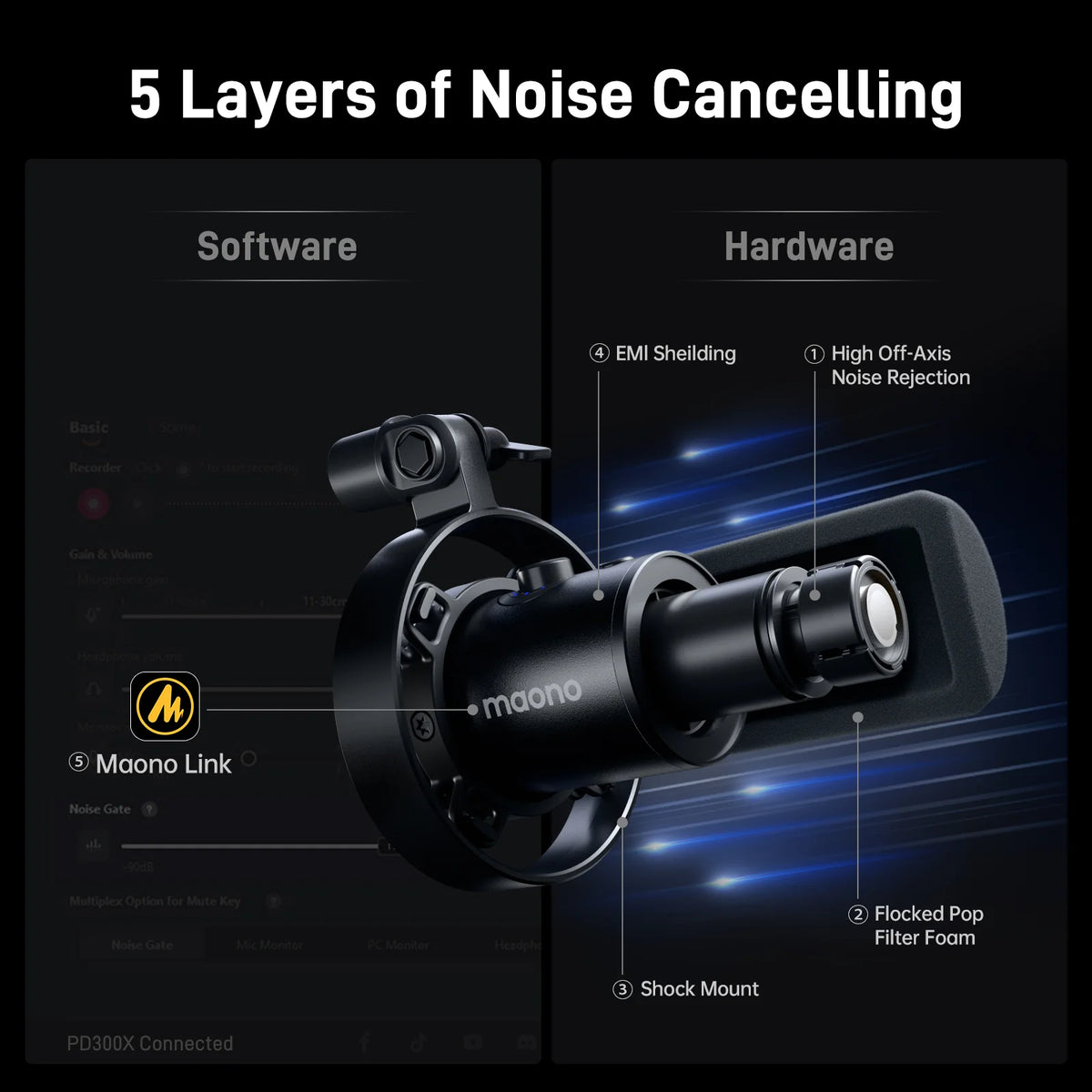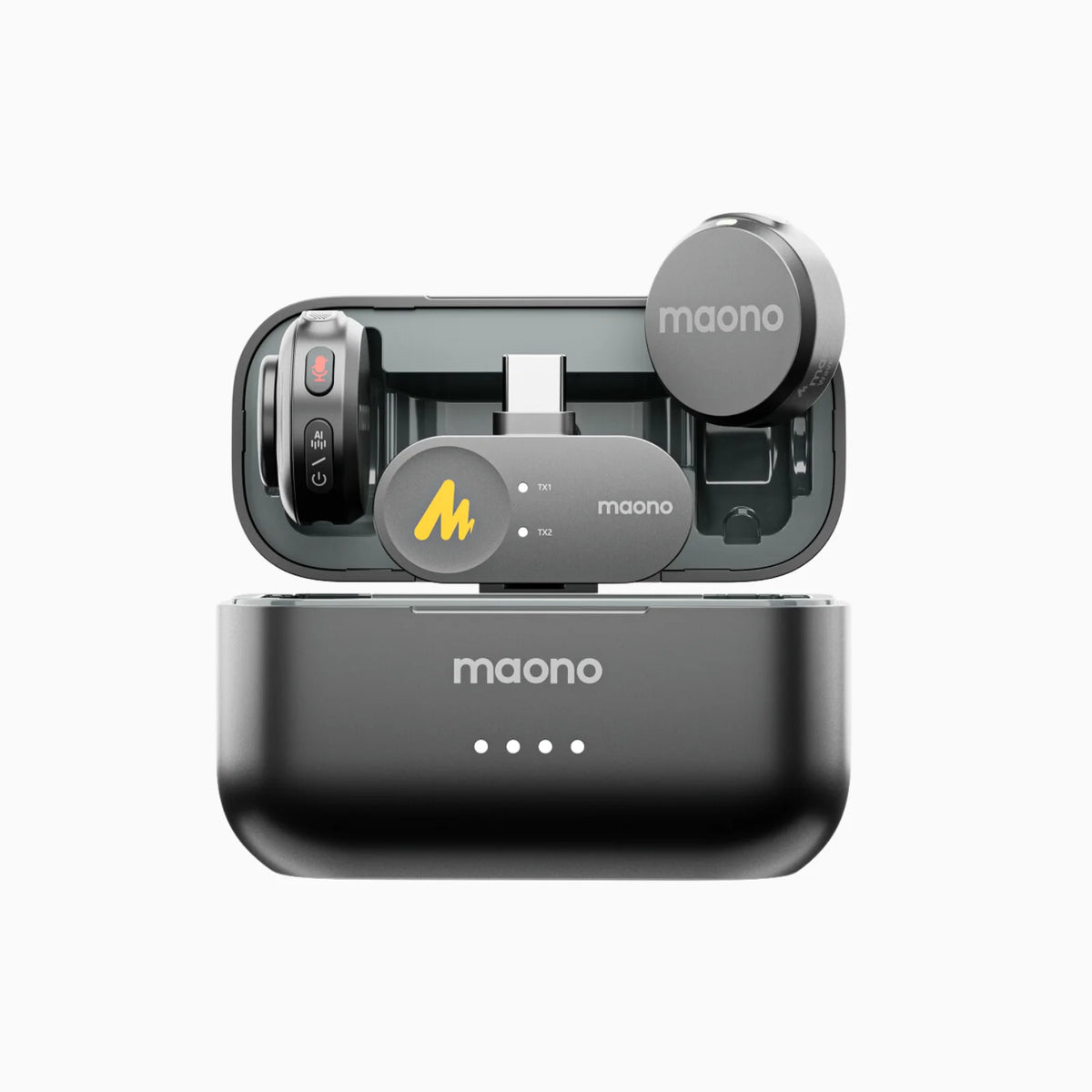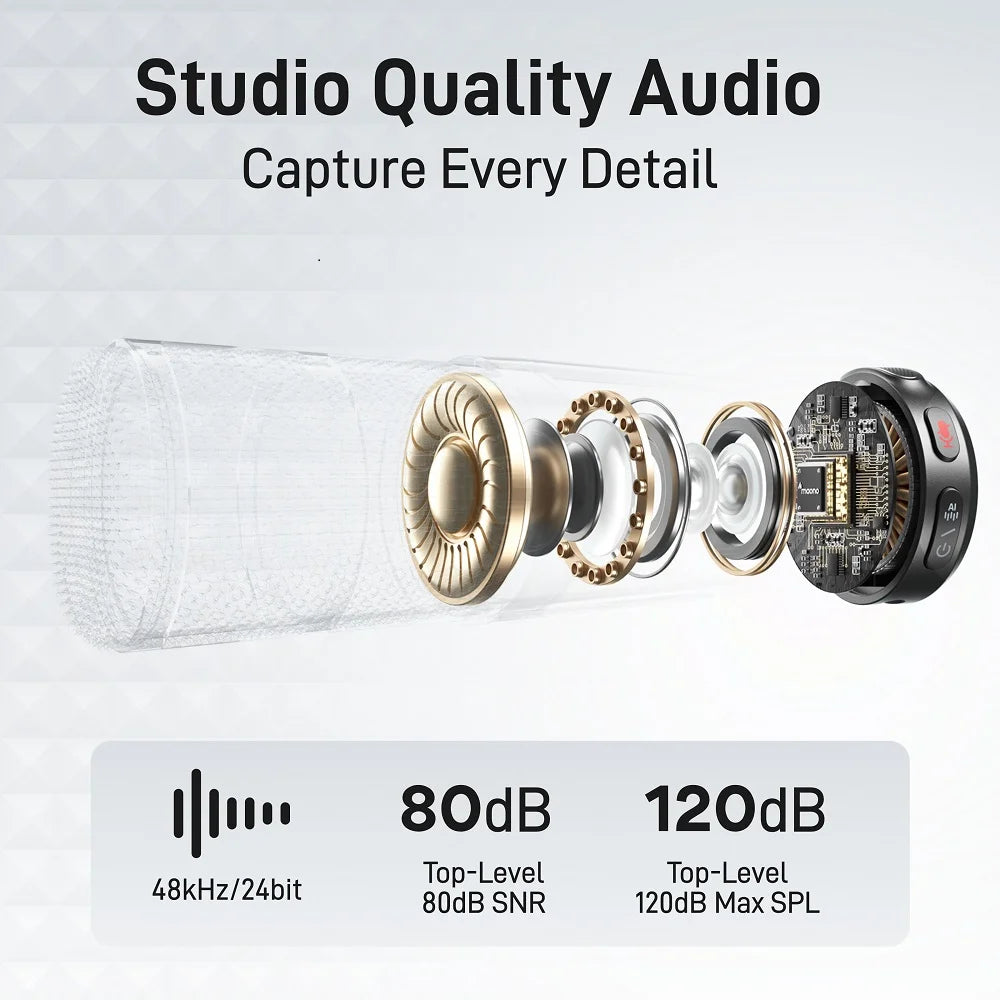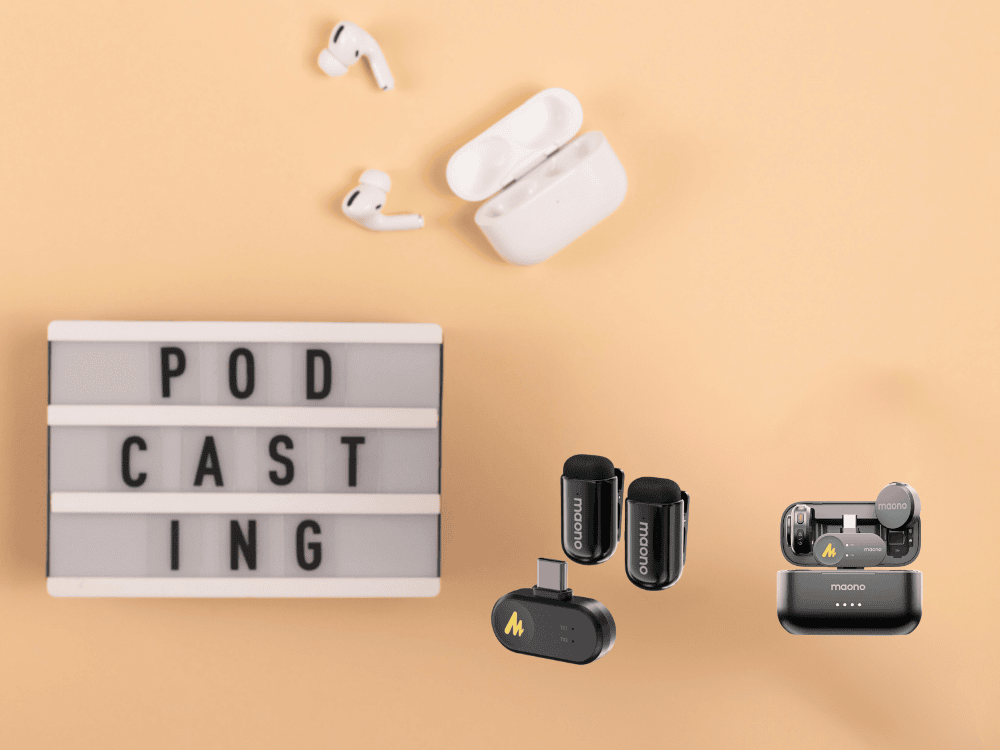Wireless lavalier microphones, also known as lapel mics, have become essential tools in various fields including video production, interviews, presentations, and live performances. These compact microphones offer a convenient, hands-free solution for capturing high-quality audio while keeping the speaker’s hands-free.
Imagine you're on stage, delivering a crucial presentation or conducting an in-depth interview, and you need to move around freely without being tangled in cables. This is where wireless lavalier microphones, also known as lapel mics, come into play. These compact microphones have become essential tools in various fields, including video production, interviews, presentations, and live performances.
Cordless microphones, a subset of wireless microphones, offer a seamless audio experience by eliminating the constraints of cables. This guide will delve into what wireless Lavalier microphones are, how they work, and the benefits they offer. It will also differentiate a wireless Lavalier mic from a cordless microphone. We’ll also highlight top picks, including the Maono WM820 and Maono WM821, and answer frequently asked questions to help you make an informed decision.
What is the Difference between a Cordless Microphone and a Wireless Lavalier Microphone?
The terms "cordless" and "wireless" microphones are often used interchangeably, but they have slightly different connotations:
These use radio frequencies (RF) to transmit audio signals from the microphone to a receiver, eliminating the need for cables. They can be further categorized into different types, such as UHF (Ultra High Frequency) and VHF (Very High Frequency) systems, and they include various setups like handheld mics, lavalier (lapel) mics, and headset mics. Wireless microphones are commonly used in live performances, presentations, and broadcasting.
This term generally refers to microphones that do not have a physical cable connecting them to the audio system or recording device. All cordless microphones are wireless, but "cordless" is often used to describe more basic or consumer-level models that might use simpler technology. Cordless microphones are typically associated with more straightforward setups, like those used in karaoke systems or basic public speaking.
While all cordless microphones are a type of wireless microphone, not all wireless microphones are described as "cordless." "wireless" encompasses a broader range of professional and advanced systems, while "cordless" is often used in a more consumer-oriented context.
Cordless Microphone Recommendations:
1. Shure BLX24/SM58 Wireless System
- Frequency Response: 50 Hz - 15 kHz
- Polar Pattern: Cardioid
- Connectivity: UHF wireless
- Output Impedance: 150 ohms
- Sensitivity: -54 dBV/Pa (1.85 mV)
- Price: Approximately $300
- Notable Features:
- Durable SM58 dynamic microphone
- Quick and easy frequency matching
- Reliable UHF wireless transmission with up to 300 feet of range
- Pros:
- Excellent sound quality with the iconic SM58 capsule
- Robust and reliable build
- Simple setup and operation
- Cons:
- Higher price point compared to entry-level cordless mics
- Limited to UHF frequencies, which can be subject to interference in crowded RF environments
- Description: The Shure BLX24/SM58 is a professional-grade cordless microphone system ideal for live performances and presentations. It combines the legendary SM58 microphone with a reliable wireless system, ensuring clear and consistent sound transmission.
2. Rode Wireless GO II
- Frequency Response: 50 Hz - 20 kHz
- Polar Pattern: Omnidirectional (for transmitter)
- Connectivity: 2.4 GHz digital wireless
- Output Impedance: Not specified (integrated circuit design)
- Sensitivity: Not specified (integrated circuit design)
- Price: Approximately $299
- Notable Features:
- Compact and lightweight design
- Dual-channel wireless system with two transmitters and one receiver
- 3.5mm TRS output for easy connectivity
- Pros:
- High-quality audio with 2.4 GHz digital transmission
- Compact and portable, with a built-in clip for easy attachment
- The dual-channel capability allows for two microphones to be used simultaneously
- Cons:
- An omnidirectional pickup pattern may capture more background noise
- Limited to 2.4 GHz, which can experience interference in crowded wireless environments
- Description: The Rode Wireless GO II is a versatile and compact wireless microphone system designed for various applications from vlogging to professional interviews. Its dual-channel capability and lightweight design make it a popular choice for those needing reliable and portable wireless audio solutions.
What is a Wireless Lavalier Microphone?
A wireless Lavalier microphone is a small, clip-on microphone that can be attached to a person’s clothing, typically near the collar or lapel. Unlike wired lavalier mics, wireless models use radio frequencies to transmit audio signals to a receiver, eliminating the need for cables. This setup provides more freedom of movement and eliminates the clutter of wires, making it ideal for dynamic environments like presentations and interviews.
Are There Any Decent Wireless Lavalier Microphones Under $60?
Yes, several affordable wireless Lavalier microphones offer good performance for their price. While they may not have all the advanced features of higher-end models, they can still deliver satisfactory audio quality for casual use. Some options to consider include:
- Boya BY-WM4 Pro: Known for its reliable performance and affordability, this model is suitable for basic video recording and interviews.
- Movo WMIC70: Offers a solid range and decent audio quality, making it a good choice for entry-level users.
- Comica CVM-WM100: Provides good value with a variety of features, including a decent wireless range and clear audio capture.
How Does a Wireless Lavalier Mic Work with an Android Smartphone?
Using a wireless Lavalier microphone with an Android smartphone typically involves a few steps:
- Connect the Receiver: Plug the receiver of the wireless Lavalier system into the phone’s headphone jack or USB-C port using the appropriate adapter. Some smartphones may require a USB-C to 3.5mm adapter if the phone does not have a headphone jack.
- Power On the System: Turn on both the transmitter (the Lavalier mic) and the receiver. Ensure they are paired and communicating properly. Many wireless systems have an automatic pairing feature, but manual pairing may be necessary in some cases.
- Adjust Settings: Open your recording or live-streaming app and select the external microphone as your input source if needed. Check the audio levels and make any necessary adjustments to ensure clear sound capture.
Is It Better to Use a Regular Mic or a Lavalier Mic?
The choice between a regular microphone and a lavalier microphone depends on the specific needs of your recording situation. Here’s a breakdown of the differences:
Sound Quality
- Regular Mics: Often provide superior sound quality due to their larger size and more complex components. They are typically used in controlled environments like studios where high fidelity is essential.
- Lavalier Mics: While modern lavalier mics offer good sound quality, they are generally smaller and may not capture as rich a sound as larger mics. However, they are designed to be close to the speaker’s mouth, which helps in capturing clear audio despite their size.
Directional Control
- Regular (Shotgun) Mics: Usually have a more directional pickup pattern, such as supercardioid or hypercardioid, which allows them to focus on sound from a specific direction while rejecting noise from other angles.
- Lavalier Mics: Typically omnidirectional, meaning they pick up sound from all directions. This is useful for capturing consistent audio as the speaker moves but may pick up more background noise compared to directional mics.
Versatility
- Regular Mics: Offer versatility in terms of sound capture and can be used in a variety of settings. They are often preferred for high-quality recordings, interviews, and broadcast applications.
- Lavalier Mics: Ideal for situations where hands-free operation is required, such as public speaking, interviews, or on-stage performances. Their small size makes them less versatile in terms of sound quality but more practical for mobility.
Ease of Use
- Regular Mics: These may require more setup and adjustment, particularly if they need to be positioned and adjusted manually. They are often more cumbersome due to their size and the need for cables.
- Lavalier Mics: Extremely easy to use as they clip onto clothing and transmit audio wirelessly. This hands-free feature makes them ideal for dynamic environments where movement is frequent.
What Are the Benefits of Using Lavalier Microphones?
Hands-Free
Lavalier microphones allow speakers to move freely without being tethered by a microphone cable. This is especially beneficial in presentations, interviews, or performances where the speaker’s hands are needed for other tasks.
Discreetness
The small, clip-on design of Lavalier microphones makes them unobtrusive. They can be easily hidden on a speaker’s clothing, providing a clean and professional appearance.
Portability/Mobility
Lavalier microphones are compact and lightweight, making them easy to transport and use in various settings. Their wireless nature also adds to their mobility, allowing for unrestricted movement.
Reduced Handling Noise
Because they are clipped onto clothing, lavalier mics minimize handling noise that can occur with handheld microphones. This ensures clearer audio by reducing the noise caused by moving or adjusting the mic.
Close Mic Placement
Lavalier microphones are positioned close to the speaker’s mouth, resulting in clear and consistent audio capture. This proximity helps in picking up the speaker’s voice more directly and reduces background noise.
Top 5 Best Wireless Lavalier Microphones
1. Maono WM820

- Features: Dual wireless transmitters, long battery life, and reliable transmission range.
- Pros: Excellent audio quality, easy setup, and good for interviews and presentations.
- Cons: Limited range compared to more expensive models.
2. Maono WM821

- Features: Comes with a charging case, USB-C connectivity, and enhanced noise reduction.
- Pros: Convenient charging, good sound quality, and portable.
- Cons: Higher price point compared to other budget options.
3. Boya BY-WM4 Pro
- Features: Compact design, affordable, and suitable for basic recording needs.
- Pros: Great value for the price, simple to use, and reliable performance.
- Cons: Limited range and features.
4. Movo WMIC70
- Features: 100m range, good battery life, and clear audio transmission.
- Pros: Long range, decent audio quality, and versatile usage.
- Cons: Slightly bulky receiver.
5. Comica CVM-WM100
- Features: Adjustable frequency, long battery life, and stable signal transmission.
- Pros: Good performance, reliable connection, and adjustable settings.
- Cons: Higher learning curve for setup.
FAQs
1. What is your primary use case for a wireless Lavalier microphone (e.g., video production, interviews, presentations)?
Your choice of a wireless Lavalier microphone should align with your primary use case. For video production, prioritize models with high audio quality and reliability. For interviews and presentations, consider ease of use and comfort.
2. What is your budget range for purchasing a wireless Lavalier microphone?
Budget plays a crucial role in selecting a microphone. Entry-level models are available for under $60, while more advanced systems with better features and performance may cost more. Determine your budget and choose accordingly.
3. How important is battery life to you in a wireless Lavalier microphone?
Battery life is essential for uninterrupted usage. If you frequently use your microphone for long sessions, opt for models with longer battery life or those that offer rechargeable options.
Final Thoughts
Wireless Lavalier microphones offer significant benefits in terms of convenience, discretion, and audio capture. Whether you're a content creator, interviewer, or presenter, selecting the right wireless Lavalier mic can greatly enhance your audio quality and overall experience. With options like the Maono WM820 and Maono WM821, you can find a model that fits your needs and budget. Consider your primary use case, budget, and the importance of battery life when making your decision to ensure you get the best value and performance from your microphone.










